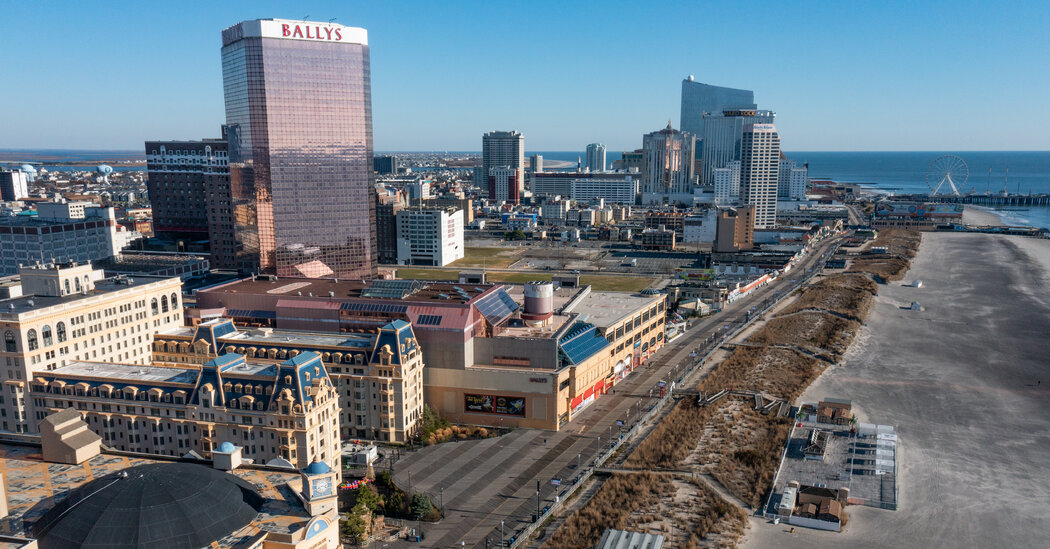A new study of sinking and rising land along American coasts offers a more specific understanding of potential flooding in 32 coastal cities.
A new study of sea-level rise using detailed data on changes to land elevation found that current scientific models may not accurately capture vulnerabilities in 32 coastal cities in the United States.
The analysis, published Wednesday in Nature, uses satellite imagery to detect sinking and rising land to help paint a more precise picture of exposure to flooding both today and in the future.
Nearly 40 percent of Americans live along the coasts, where subsidence, or sinking land, can add significantly to the threat of sea-level rise. While the Gulf Coast experiences many of the most severe cases of subsidence — parts of Galveston, Texas, and Grand Isle, La., are slumping into the ocean faster than global average sea levels are rising — the trend can be found all along the United States shoreline.
Many widely used sea-level projections factor in subsidence by looking at long-term trends derived from data collected by tide gauges, even though the sites may be miles away from population centers. “They often just represent measurements at a single location of how the ground is moving,” and not the overall spatial dynamics of the entire city, said Leonard Ohenhen, a Ph.D. candidate at Virginia Tech and the paper’s lead author.
The work of Mr. Ohenhen, Manoochehr Shirzai, Chandrakanta Ojha and colleagues reveals how land along the coast is sinking into the ocean, compounding the danger from global sea-level rise. The new study expands their analysis of elevation changes along the Atlantic Coast to the Gulf and West, and uses these maps to explore potential flooding within major coastal cities in greater detail.
“This will add to the accuracy on the time scale of decades, because it offers much higher spatial resolution,” said Bob Kopp, a climate scientist at Rutgers University, who helped review the new paper for Nature.
The research assumes, however, that the trends observed over the relatively short satellite record, from 2007 to 2020, can be extrapolated at a constant rate into the future. This may bear out in areas sinking because of natural causes. But human activities, like extracting groundwater or oil and gas are a key factor in subsidence in many places.
“Groundwater withdrawal is a major reason why Atlantic City is sinking faster than New York City,” said Dr. Kopp. “Can you assume they continue at their current rate for 30 years? Maybe. Can you assume that they can for 100 years? I probably wouldn’t.”
